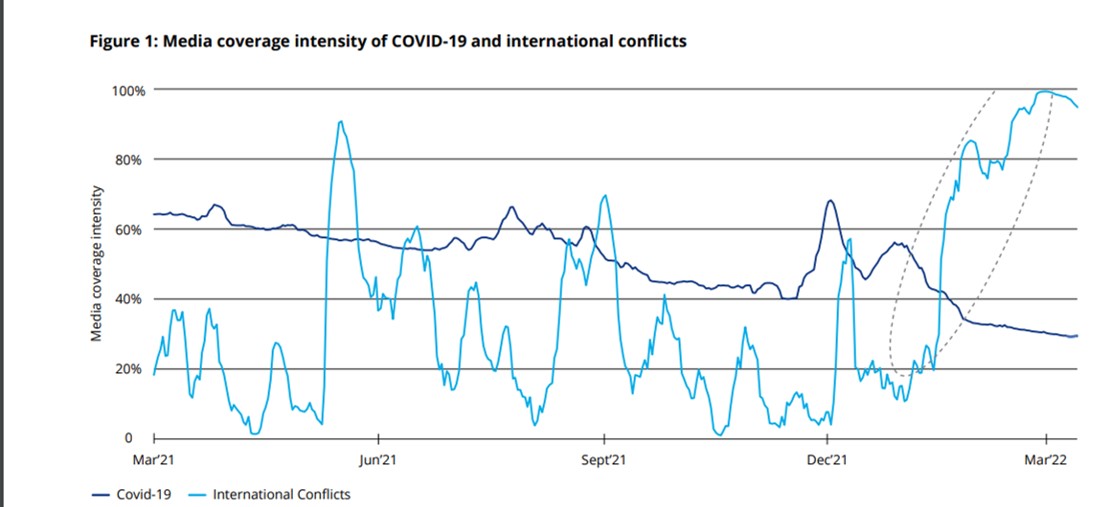Asset Management
Institutions Take Chips Off The Table

The data shows how these government-backed organisations, overseeing trillions of dollars in assets – sometimes created by energy wealth – are changing their risk appetite. Latest figures suggest that they are being more cautious.
Institutional investors such as sovereign wealth funds
– which in some ways resemble family offices in their
investment habits – have taken risk off the table as central
banks have started to hike rates reacting to geopolitical worries
such as Russia’s invasion of Ukraine.
The findings come from State Street and the
International Forum of Sovereign Wealth Funds (IFSWF), a global
network of sovereign wealth funds from 40 countries.
Collectively, State Street looks after more than $43 trillion of
assets as a custodian and administrator for SWFs.
Based on State Street’s Behavioural Risk Scorecard, sentiment
turned negative in February, falling to the lowest point in two
years.
“As economies around the world emerged from the long shadow cast
by the Covid-19 pandemic, investors are faced with new risks.
Today, risk assets are re-pricing due to international conflict,
inflation, and central bank policy responses,” Neill Clark, head
of State Street Associates, Europe, Middle East and Africa (EMEA)
said.
“Following a period of opportunistic rebalancing and selective
risk-taking during 2020, the past year has seen institutional
investors moving towards safer assets and markets. Their asset
allocation decisions suggest they are no longer adding to their
equity exposure – which they had been doing since Q1 2020 – and,
instead, are adding to their fixed-income and cash balances,”
Clark said.
The following chart highlights how media focus on the pandemic gradually flattened off and declined in recent weeks (in most regions) while the coverage of conflcts, most obviously Ukraine, rose rapidly.

Source: State Street.
The new report reveals that strong capital outflows from emerging
markets – the largest level of selling observed over the previous
five years – have been matched by robust demand for stocks in
developed markets.
“When it comes to the investment strategies of sovereign wealth
funds, most are taking the long view, which can sometimes mean a
contrarian stance,” Duncan Bonfield, chief executive, ISFWF,
said. “For example, one of our members has increased its
emerging-market equity positions as the value/price gap widened,
as emerging-market equity was cheaper than it was six months ago
relative to its fair value estimates.”
In fixed income, the report reveals that heightened geopolitical
risk has seen capital outflows from emerging-market sovereign
debt, while high-quality, developed-market sovereign bonds are
maintaining stable capital inflows despite rising domestic
inflationary pressures.
Euro and US dollar-denominated corporate credit has also seen
outflows, driven by a challenging combination of rising rates,
high inflation and slower growth, tapering of quantitative easing
from global central banks, and potential ripples from Russian
sanctions as well. One beneficiary of the credit uncertainty and
rising inflation pressures is the US Treasury Inflation-Protected
Security (TIPS) market, where there has been renewed appetite
from institutional investors, who also favoured currencies which
displayed less negative exposure to the developing international
conflicts.